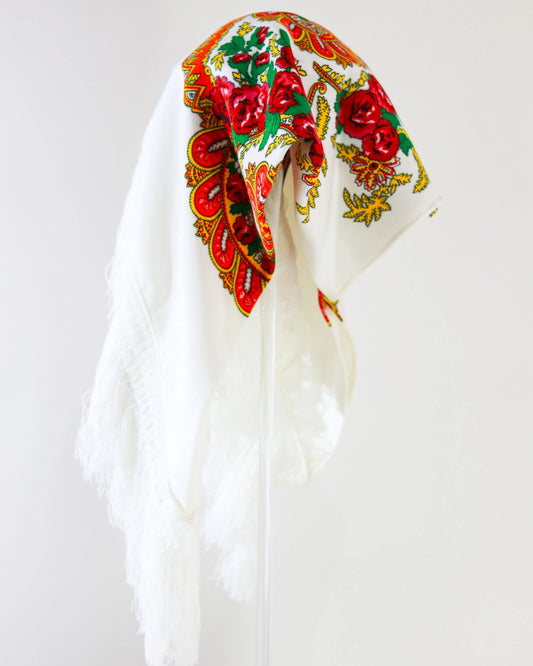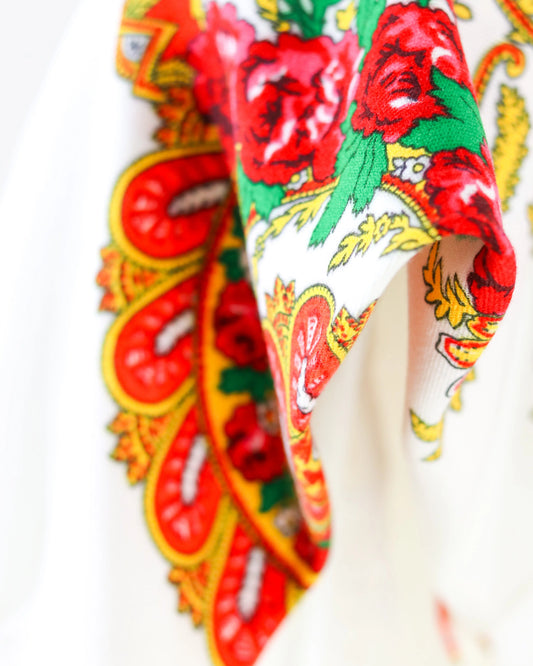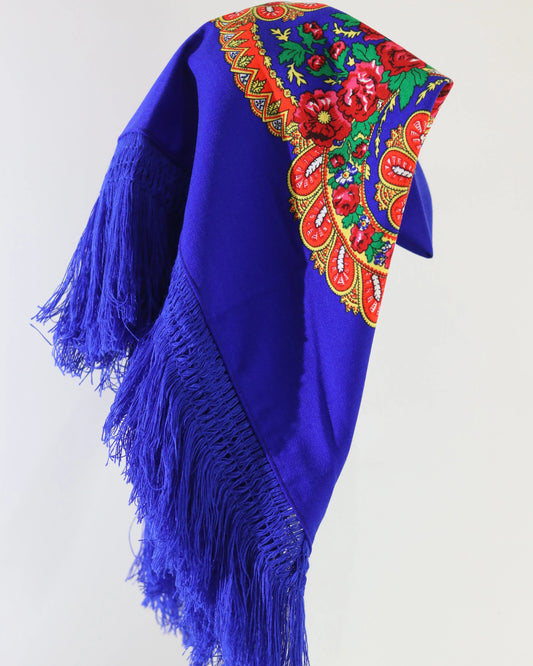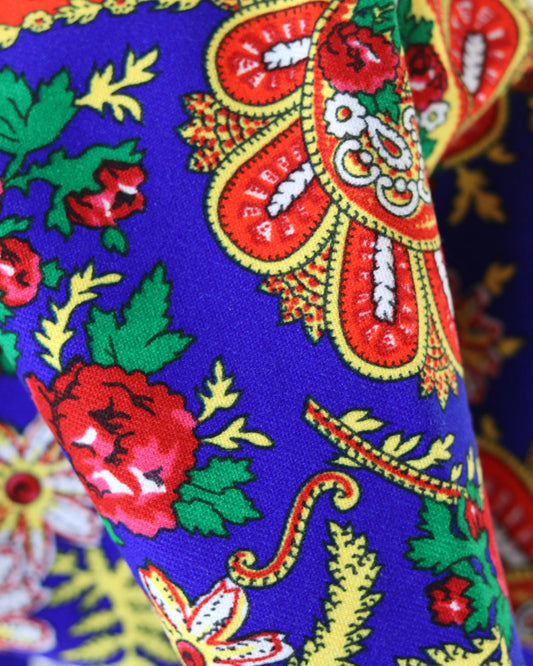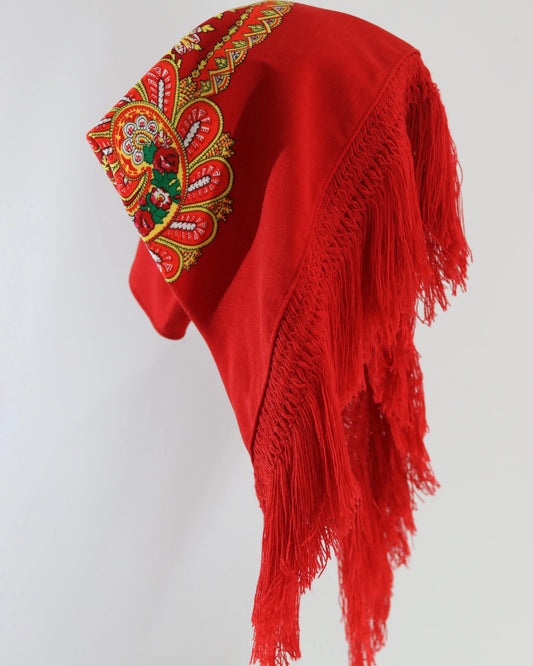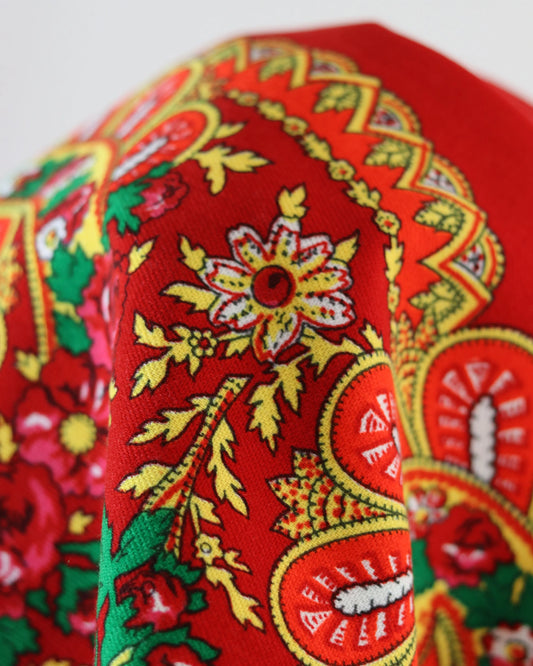The procession to the sea: tradition in Viana
The image of ornate boats cutting through the waters of the Lima, accompanying a float gleaming in the sun, is one of those scenes that will last forever. It's a visible faith, a community service, and a collective memory of a city that has always measured time by the tide. In Viana, the procession that heads to the sea isn't just a ritual. It's a language.
Maritime roots of an Atlantic city
Viana grew between the river and the Atlantic, with the bar presenting both challenges and opportunities. The Lima estuary provided shelter and a place to escape, and the coast, rich in fishing grounds, sustained entire families in the arts of the sea. For centuries, fishing nets provided the compass for local life.
- Coastal and offshore fishing, depending on the season
- Maritime traffic that fed shipyards and commerce
- Workshops and artisans that sustained the maritime economy
In the north, the relationship with the sea is both pragmatic and affectionate. People respect the power of the waters, celebrate their abundance when they arrive at the auctions, and mourn when luck fails. This ambivalence underlies a devotion that, over time, has become part of the city's DNA.
Devotion born next to the bar
The Marian invocation that today brings together thousands originated as a request for protection for those going out to work. The tradition of giving thanks for promises, fulfilling vows, and asking for support dates back to the 18th century. The simplest gesture, lighting a candle before setting out to sea, grew into a pilgrimage, with the entire town recognizing the fishermen as a reflection of their courage.
Wooden ex-votos, paintings of storms weathered, rudders and oars hanging in chapels tell a story of survival. Each piece is a story. A difficult dawn, a delayed return, a family keeping vigil.
The procession to the sea, as we know it today, took shape in the 20th century, when the procession moved from the streets to the pier, and from there to the water. The image began to cross the river's surface, accompanied by ornate boats, whistles, and flowers. The blessing of the fleets became the center of the gesture. And the silence that precedes the first movement of the boat carrying the float still sends chills down your spine.
What happens on the day of the procession
The calendar has variations, but the basic design is repeated, with a cadence that the city knows by heart.
- Procession from the sanctuary to the pier, with floats, musicians and brotherhoods
- Transferring the image to a boat prepared for the occasion
- Accompanied by dozens of fishing and support vessels, with masts covered in flags and flowers
- Route along Lima to the bar area, when conditions permit
- Blessing of the sea, the boats and the men and women of the sector
- Tribute to those who remained at sea, often marked by the laying of wreaths
The Captaincy, firefighters, maritime corporations, and local entities ensure safety. It's not adventure, it's care. The river procession moves at a slow pace, allowing everyone to watch from the banks. Sirens are present, alternating with the sound of bands, and the scent of flowers mingles with the salty odor rising from the estuary.
Symbols that speak without words
Visual signals are an essential part of the collective narrative:
- Maritime signal flags transformed into decoration
- Nets and buoys used as ornaments, indicative of trade
- Wicker baskets, brooches and gold from the costumes, remembering the effort converted into dowry and heritage
- Flowery stretchers, with mirrors and light, multiplying reflections and promises
Color dominates. The embroidery of the Viennese costume appears alongside oilskin suits and seaman's caps, and this coexistence says a lot about the social fabric. The festival doesn't separate those who work on the docks from those who live in the historic center. On the day of the procession, the entire city shares the same skyline.
The river, the bar and the dangers that shaped the tradition
Going to sea in Viana has always required calculation and composure. The meeting of the Lima River with the surf creates an unstable landscape that has changed little over the centuries. Sandbars, crosscurrents, sudden fog. Here, technique and experience count as much as faith.
This reality helps us understand the power of the procession. By asking for protection, the community recognizes the magnitude of the risk. By celebrating, it gives a face to those who face it. By remembering those who left and never returned, it maintains their memory as part of collective responsibility.
From the high seas to the shipyard: the arc that completes the story
Viana's connection to fishermen doesn't end with coastal fleets. The city participated in distant fishing expeditions and built distinguished vessels, including hospital units that supported fleets in the North Atlantic. The steel hull moored at the dock, now a living museum, is a key piece of this legacy. Visiting on board means understanding the hard life of those who spent months on the ice and the supportive role of those who provided healthcare on the open sea.
Viana's shipbuilding has responded to several economic cycles. Trawlers, support vessels, and workboats have left the shipyards for many ports in Brazil and abroad. This technical expertise reinforces the local maritime identity and intersects with the procession: the boats accompanying the float are also showcases of accumulated art and knowledge.
Those who work at sea, inside
Three dimensions help to understand the intimate connection between the city and maritime professionals:
- Routine and risk: leaving before light, reading letters and signals, making decisions in minutes
- Family and community: support networks, sharing responsibilities, memories passed down at the table
- Market and tradition: the auction as a stage for decisions, prices that rise and fall, ancient practices that still make sense
The work ethic of Viana's fishermen is inseparable from the land. They know where the wind blows, which way the shadow falls at the end of the day, when the tide turns. This informed precision defines the character and nourishes the local culture. In the procession, the city returns its recognition.
The city in celebration, the city that talks
The procession to the sea is part of a broader set of celebrations. The streets are lined with flower carpets, bands play melodies through the squares, and the historical procession displays costumes and crafts. There is a collective desire to put culture into motion. It's not a static scene; it's a conversation between generations.
Gastronomy follows suit. On the table, dishes appear that tell as much as the stories of the elders:
- Fish stew, with firm fish and thick broth
- Grilled sardines, when the season demands it
- Sea bass rice, in a balance of salinity and herbs
- Octopus à lagareiro, for Sunday appetites
- Barnacles and bivalves, when the tide allows
The festival projects the city outward, but reinforces the inner bond. Those who come from far away quickly learn that the sea here isn't decorative.
Where to watch, how to participate
For those who want to watch calmly and with good visibility, it's worth planning ahead. Below are some points and suggestions.
- Pier next to the marina: close to the boarding area, ideal for feeling the float pass by
- Riverside promenade: wider route, view of the river procession in motion
- Margem de Darque: photographic perspective of the urban front and the line of boats
- Area close to the bar, whenever accessible: symbolic intensity, with the vastness of the Atlantic in the background
- Bridges and overpasses: overview for panoramic recordings
Practical tips:
- Arrive early to choose a seat and avoid bottlenecks.
- Respect the instructions of the authorities and the security corridors
- Hydrate and protect yourself from the sun, especially on bright days.
- Keep an eye on the elderly and children in places near water.
- Photograph without disturbing, prioritizing the rite and the direct participants
A look at the photographer
The light reflected off the water is challenging. To capture the color and texture of the floats and boats:
- Look for angles with controlled backlighting, taking advantage of reflections
- Using moderate exposure times to capture movement without losing definition
- Give space to faces and gestures, which tell the essence of the event
- Avoid using flash near the image and musicians
Sustainability, respect and future
Viana's connection with fishermen also involves responsible choices. It's a conversation that grows more assertive with each edition of the festival. Protecting marine resources, valuing selective fishing practices, and promoting the consumption of abundant species of adequate size reduce pressure on ecosystems and continue a centuries-old trade.
The festival can be a platform for this pedagogy, and often already is. There are panels, workshops, school projects, and awareness-raising activities. The city understands that tradition and innovation are not mutually exclusive. The use of recyclable materials in decorations, efficient waste management, and encouraging public transportation on busy days are small steps that, when combined, make a difference.
Useful glossary to help you follow the procession and life on the pier
| Term | Meaning |
|---|---|
| Bar | Transition zone between river and sea, critical due to unstable currents and seabeds |
| Andor | Structure that carries the image during the procession |
| Ex-voto | Offering of thanks for grace received, often in the form of an object linked to the sea |
| Helmsman | Responsible for driving the vessel and the crew |
| Lota | Place of first sale of fish |
| Butler | A woman who is part of the stewardship, wearing traditional attire and taking on roles at the party |
| Pier | Vessel berthing structure |
| Buoy | Floating device, also present here as a symbolic ornament |
| Captaincy | Local maritime authority that regulates and supervises activity in the aquatic environment |
| Faina | Work at sea, especially fishing activities |
What the procession says about identity and belonging
Behind the visual beauty, the procession to the sea is imbued with the strength of community practices that have solidified over time. The city, when reflected in the waters of the Lima, recognizes fundamental threads of its history:
- The dimension of risk as part of a real economy
- The value of mutual aid in a demanding activity
- Respect for accumulated knowledge and its guardians
- The need to renew social and environmental commitments
Material culture confirms what words can't always convey. Shipyards, maritime museums, fish markets, sailing schools and clubs, and restaurants serving local and seasonal fish—all converge on the same idea. Living by the sea is an exercise in constant awareness.
A script for those who want to feel the context
Besides the procession, there are places in Viana that help solidify the relationship with the sea. A well-planned day might include:
- Historic center and Praça da República, to get into the rhythm of the city
- Sanctuary, with reading of ex-votos and iconography linked to the sea
- Dock and moored museum ship, guided tour on board and conversation with those who keep the memory alive
- Fort Santiago da Barra, wide landscape over the mouth of the Lima
- Costume Museum, to understand the grammar of costume and its connection with work and celebration
- Lighthouse and coastal area to the north, with trails that show the ruggedness of the coastline
- Marginal de Darque, which offers another picture of the relationship between river and city
Interspersing your visits with stops at bars and fish restaurants that honor local produce ensures the experience doesn't stop at the view. A meal completes the understanding of a culture.
How the city welcomes and gives back
The festival mobilizes institutions, businesses, fishing associations, marching bands, schools, and volunteers. The logistics are meticulous, from the water to the sound of the bugles. The organization only works with a network of trust that is woven throughout the year. Each edition serves to perfect procedures and raise awareness for those who, on a daily basis, keep the maritime fabric alive.
Local businesses respond with themed window displays, extended hours, and parallel programming. Craft workshops, photography exhibitions, lectures on naval history and maritime economics, book presentations, and documentary film screenings. The procession is the core, but the magnetic field encompasses much more.
Landscape, climate and character
Viana gazes at the sea with a particular light. The fog that sometimes rolls in from the estuary, the north wind that lifts the small cavaleiro, the clarity that settles after the rain. All of this defines the event's personality. The sounds also matter. The cadence of the bands, the murmur of the people crowded into the lookouts, the boat whistles, the distant bells.
This symphony can be subtle or loud, depending on the year and day. What doesn't change is the feeling that the water and the city are in conversation. The river procession is the moment when this dialogue becomes evident, visible to all.
Education and transmission
The transmission of knowledge is present in the education of new generations connected to the sea. Vocational schools, courses in naval mechanics, electronics, navigation, and maritime safety. Programs for children show how to set a net, how to read a tide chart, and how to treat fish once they arrive on board. Citizen science projects involve fishermen in recording species and monitoring marine debris.
This collaboration between empirical and technical knowledge strengthens trust and gives perspective to families who continue to find a possible future at sea, even in times of change and stricter regulatory demands.
An invitation to see up close
Some events are best understood on location, with the right light and the right breath. The procession that heads out to sea, carrying with it promises, work, and gratitude, is one such example. The gesture is simple, the symbolic weight immense. When the boat bearing the image begins to move and the other vessels line up, one perceives, in a single plane, faith and technique, prudence and courage, tradition and the conscious choice to keep alive an art that shaped Viana.
Those who watch keep the memory. Those who participate renew a pact. And the city, facing the Atlantic, once again finds its best definition in the water.

